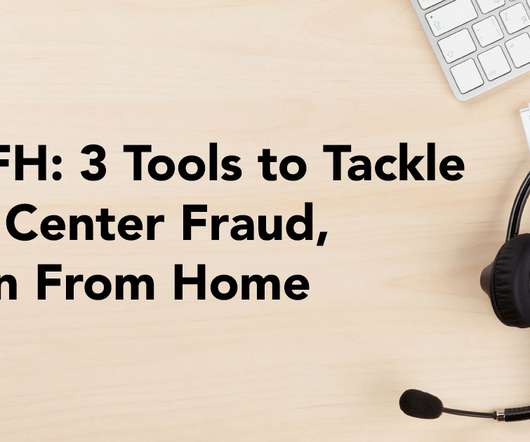#WFH: 3 Tools to Tackle Call Center Fraud, Even From Home
pindrop
MARCH 30, 2020
For call center professionals, the rise in fraud in addition to optimizing operations and the workforce from home, are top of mind as businesses move towards remote-work as the standard. . Traditional call center designs encourage agents to be in relatively close quarters. What This Means For You.

















Let's personalize your content